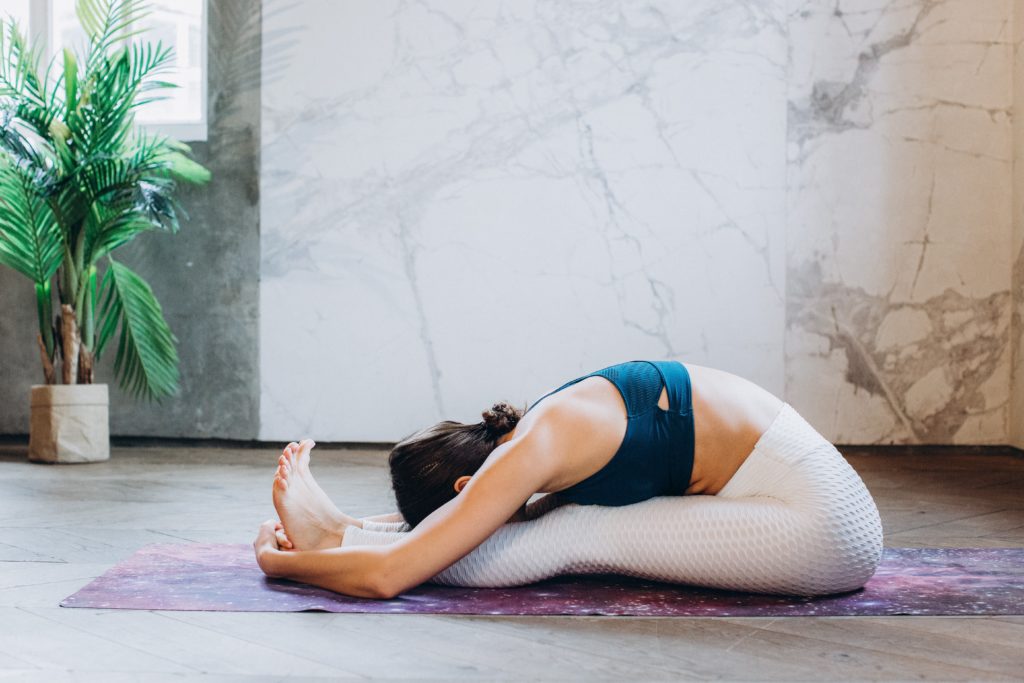
First of all, stretching is nice! Remember the feeling when you, lethargic and tired, stretch well – and suddenly you become much more cheerful and energetic. A two-minute stretch in the middle of a working day will give you strength and energy.
Stretching is a unique process where you listen carefully to your body without being distracted by movement, reps, and other factors. You just breathe and stretch, carefully observing your sensations.
Stretching is excellent for relieving stress, relieves muscle clamps and tensions in the body, and improves blood circulation in the muscles.
Removing muscle clamps, in turn, improves posture, since slouching is caused by clamps, eliminates the imbalance in the development of various muscle groups and improves gait. Stretching allows all muscles to be symmetrically strong and flexible.
Stretching after strength training reduces muscle soreness and speeds up rapid muscle repair. Stretching increases the elasticity of the muscles and prevents injury because joints, surrounded by flexible muscles and soft tissues, are safer. Flexible people are much less likely to be injured than inflexible people.
Try to stretch all muscle groups, even if the workout was only on the upper or lower body.
Linger in each position for 30-60 seconds.
Breathe deeply, evenly and slowly, with each exhalation try to stretch a little deeper.
Make sure to stretch your entire body symmetrically.
You will see results from stretching after the first week of training. If you pull yourself regularly, it will not be a problem for you to touch your knees with your forehead or sit on a split. If you wish, you can add yourself a separate stretching workout – this will only benefit and help you maintain flexibility and youth for as long as possible.




